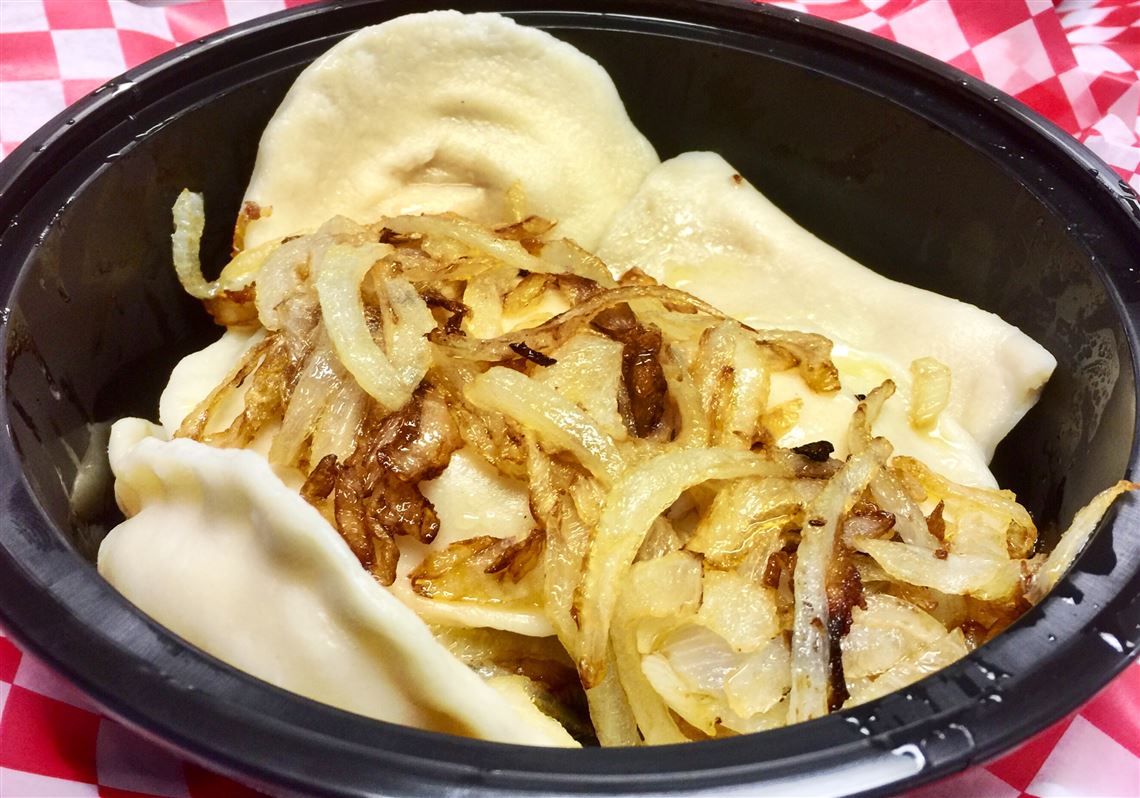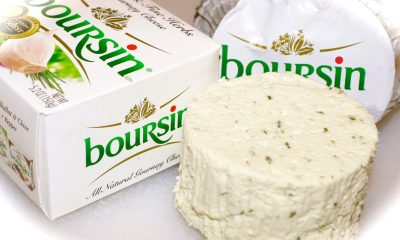Cuisines
Learn About the Disputed History of Perogies
A pocket of dough filled with meat and vegetables is a common combination, and a dish like this makes its true origin hard to trace. Although looking for “roots” may be a fruitless endeavor, indulging in how a particular dish is celebrated and valued is fascinating.
And a strong example of this is Polish Pierogi, Poland’s most famous dish.
Do you want to know more about this dish’s origins? Check out this roadmap to history right here!

The National Dish
Polish Pierogi is Poland’s national dish and has been served since at least the 13th century, but the term first appears in a 17th-century cookbook. It comes with a wide variety of fillings, but there are some essential consistent components.
These half-circular dumplings are made of unleavened dough and contain fillers. These fillings may include mashed potatoes, cheese, sauerkraut, cabbage, mushrooms, spinach, ground beef, even grains, and legumes. And with the endless possibilities when it comes to fillings, it can be anything from sweet to spicy.
Obscure Origin
The Poles, Romanians, Russians, Lithuanians, Ukrainians, and Slovaks have made claims for this dumpling’s origins. Some believe that Pierogi came from China via expeditions by Marco Polo through Italy. To be sure, going back a couple of hundred years ago, some might find information about eating quite similar food in China.
Pierogi’s rich history can be traced throughout all of China and Europe. Although the origins are disputed, it is known that the word Pierogi first appeared in late 17th century Polish cookbooks and literature.
Pierogi’s Patron Saint
One of the most famous stories involving the Pierogi origins includes Saint Hyacinth, Pierogi’s patron saint. Some think Pierogi were brought from Kievan Rus, now Ukraine, to Poland by Saint Hyacinth. Saint Hyacinth visited Kościelec in 1238, and while he was there a storm came and all the crops were destroyed.
Hyacinth told everyone to pray, and the next day the yields had risen again. Locals made Pierogi out of the crops as a sign of gratitude towards Hyacinth. There’s another legend from 1241 that involves Hyacinth. When the Tatars invasion caused famine, Saint Hyacinth fed Pierogi to the people.
Pierogi: A Go-to Easy Meal in the West
Despite the various theories about Pierogi’s roots, it is understood that at the onset of the Great Depression, this food was introduced in the United States.
Pierogi has initially been an immigrant family dish and was also served in ethnic restaurants. The first recorded pierogi sale came in May 1928. Proprietor Andrew Marton served Pierogi at the Marton House Tavern in Cleveland to unemployed steel mill workers in the Cleveland area.
This goes back to Pierogi’s roots, where impoverished, overpopulated parts of Europe were built to ensure survival. Pierogi had become a staple of fundraisers by ethnic churches in the post-World War II period. In the United States and Canada, Pierogi became a popular frozen supermarket item by the 1960s.
Holidays with Pierogi
This is a staple festive dish in Poland, where different Pierogi are served during particular holidays. Sauerkraut, cabbage, and mushroom fill up the Christmas Pierogi. This dates back to an early Catholic church rule of fasting and abstinence on the day before Christmas, which also meant one’s meal was “abstaining” from meat and dairy, thus this “vegan” version of the Pierogi.
While the laws have changed, traditional meals are still meatless and free from dairy products. Sweet Pierogi are famous for the summer, packed with seasonal fruits and berries. Wedding Pierogi may have various fillings but are typically much more extensive than usual, as is appropriate for the occasion.
Still, chicken is the most common filling, and the resulting dish has its name, Kurnik. They also serve it at Polish weddings.
Pierogi has been planned for such holidays as Christmas and Easter in the past. Even the holiday had its flavor or Pierogi, and the tradition of taste is still being followed today.

Conclusion
Whether it has a particular origin or not, what counts is how the culture is embracing them, and Polish people deserve the place since Pierogi is the rightful and only national dish in Poland.




















